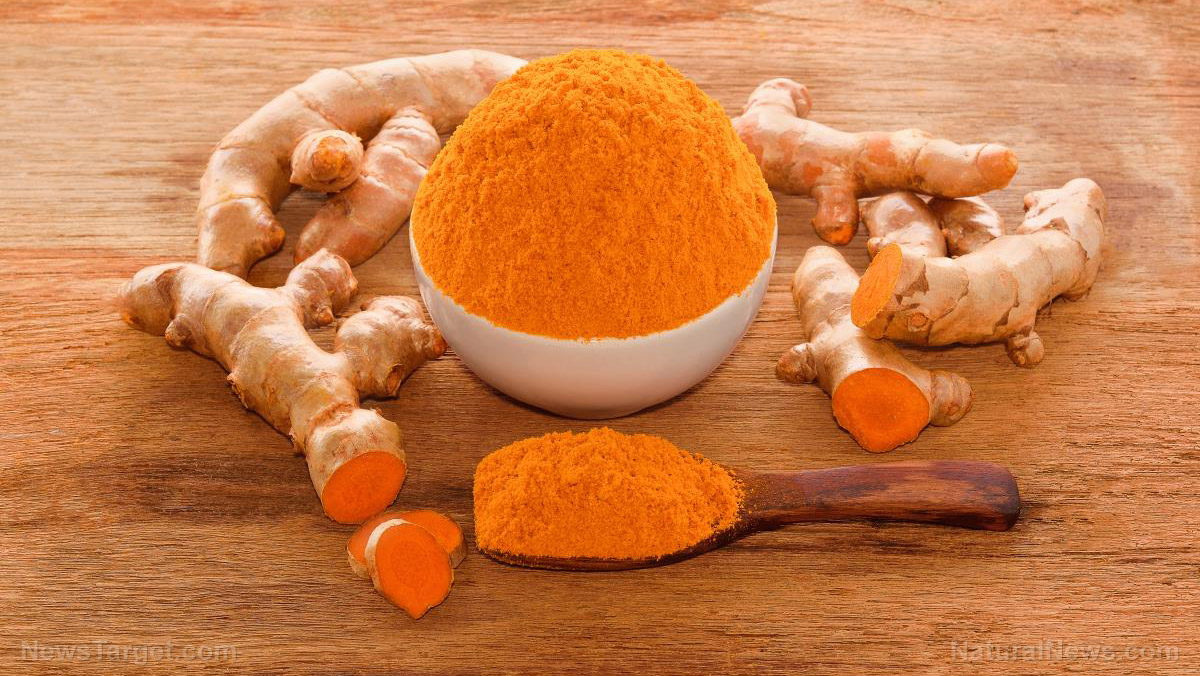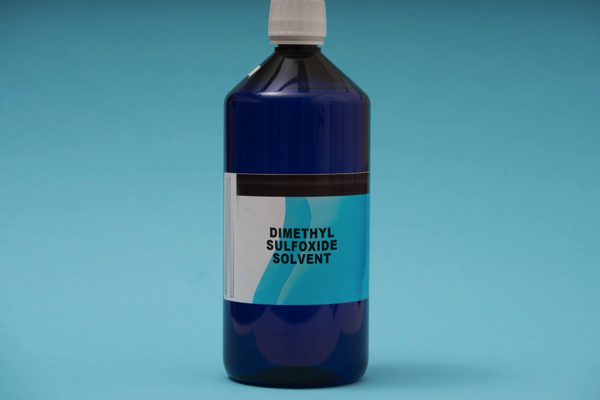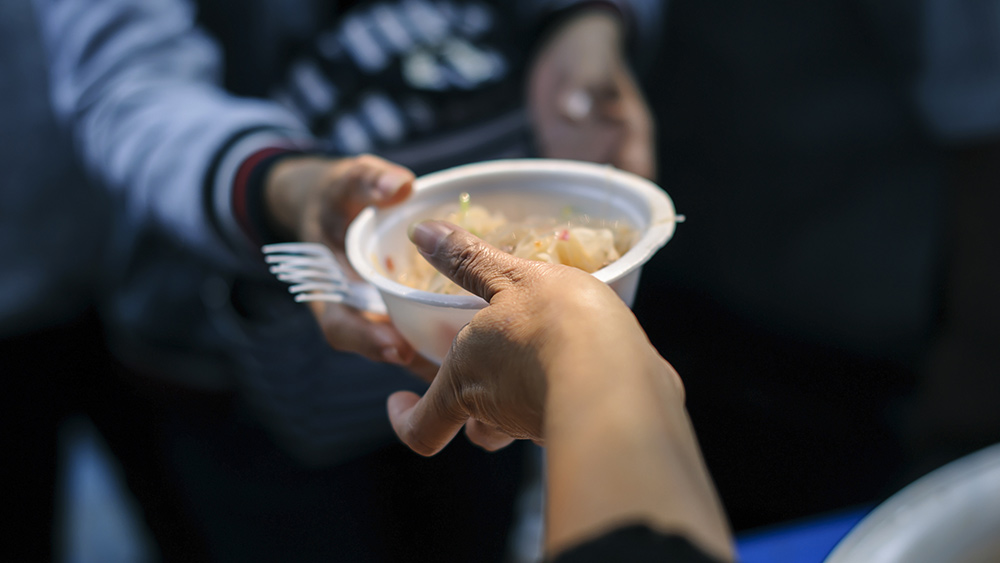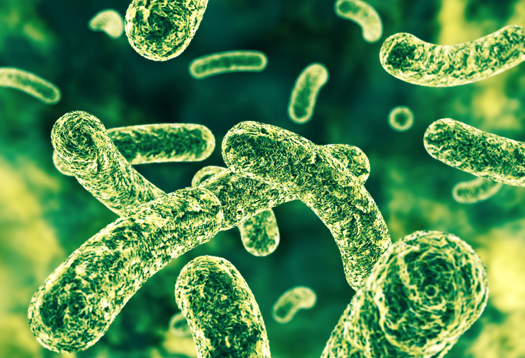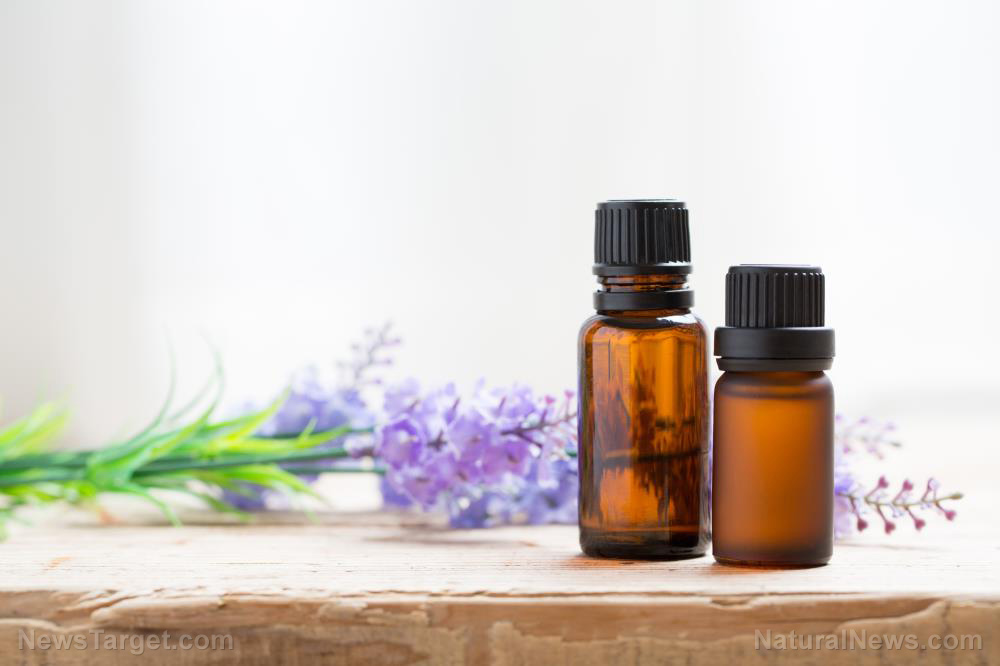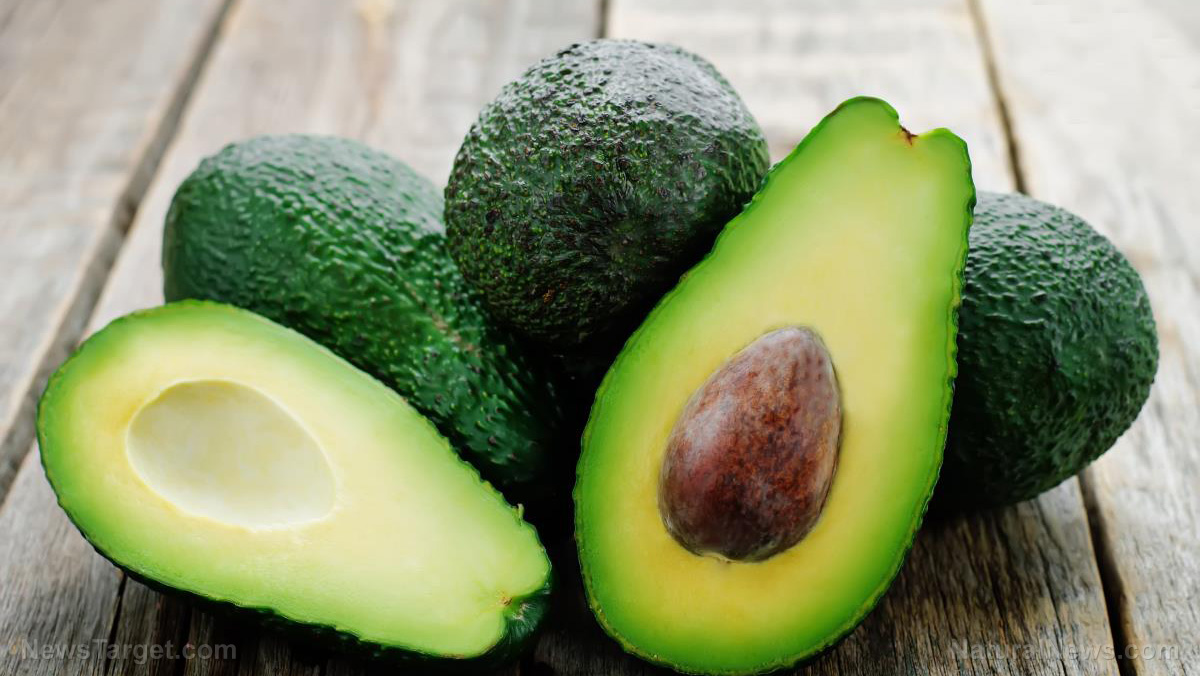 Parler
Parler Gab
Gab
- Stinging nettle contains up to 25% protein by dry weight, surpassing spinach and rivaling meat in iron content
- Clinical studies confirm its effectiveness for allergies, arthritis, and blood sugar regulation—without pharmaceutical side effects
- Traditional preservation methods (fermentation, smoke-drying, cellaring) create long-term survival food stocks
- Foraging requires careful handling but rewards with year-round free nutrition and medicine
- Historical use by Vikings, WWII resistance fighters, and indigenous cultures proves its crisis-worthiness
Nature’s multivitamin vs. industrial food systems
While agribusiness spends billions convincing consumers that nutrition comes from fortified cereals and synthetic supplements, stinging nettle delivers a full spectrum of nutrients in their natural synergistic forms. A 2021 study in Food Chemistry found that just 100g of blanched nettle provides:- 42% DV iron (double spinach’s content)
- 644% DV vitamin K (critical for blood and bone health)
- More calcium than milk by weight
The forbidden medicine: Nettle’s proven health benefits suppressed
Peer-reviewed research confirms what herbalists have documented for centuries:- A 2017 Phytotherapy Research study showed nettle root extract reduced benign prostate hyperplasia symptoms as effectively as finasteride—without the drug’s sexual side effects.
- Journal of Rheumatology research demonstrated that applying fresh nettle leaves (urtication) relieved osteoarthritis pain by 50% through natural histamine response.
- German Commission E—their equivalent of the FDA—officially approves nettle for urinary tract infections and kidney stones.
Survival protocols from history’s toughest eras
When supply chains collapse, nettle’s versatility becomes lifesaving: 1. The Leningrad Siege Solution (1941-1944) Starving residents made flour from dried nettle leaves and seeds, mixed with pine bark. Doctors observed that those consuming nettle avoided the edema and wasting seen in others. 2. Viking Longship Provisions Archaeological evidence shows Norse explorers fermented nettle with sea salt and juniper berries—creating a vitamin C-rich food that prevented scurvy during Atlantic crossings. 3. Appalachian Depression-Era Remedy Mountain families used nettle-stuffed mattresses to relieve arthritis, while the tea treated anemia from poor diets.Modern preppers adapt these methods:
- Nettle pemmican: Mix powdered dried nettle with rendered fat and dried berries
- Smoke-cured chips: Preserve without refrigeration using indigenous techniques
- Electrolyte powder: Combine dried nettle, seaweed, and Himalayan salt
Turmeric’s golden elixir: Ancient wisdom validated by science for blood pressure wellness
By Willow Tohi // Share
“DMSO” by Drs. Donsbach and Walker elaborate on the untapped potential of this healing agent
By Ramon Tomey // Share
Gaza faces “catastrophic” famine with 93% of population in crisis, aid groups say
By Cassie B. // Share
Human body’s ultimate defense: How probiotics can lower cholesterol, prevent cancer and more
By Belle Carter // Share
Inhaling lavender oil eases menstrual pain
By News Editors // Share
Trump’s drug pricing reform clashes with failed China trade strategy
By finnheartley // Share
Trump’s tariff retreat sparks fears of accelerating BRICS dominance
By finnheartley // Share
